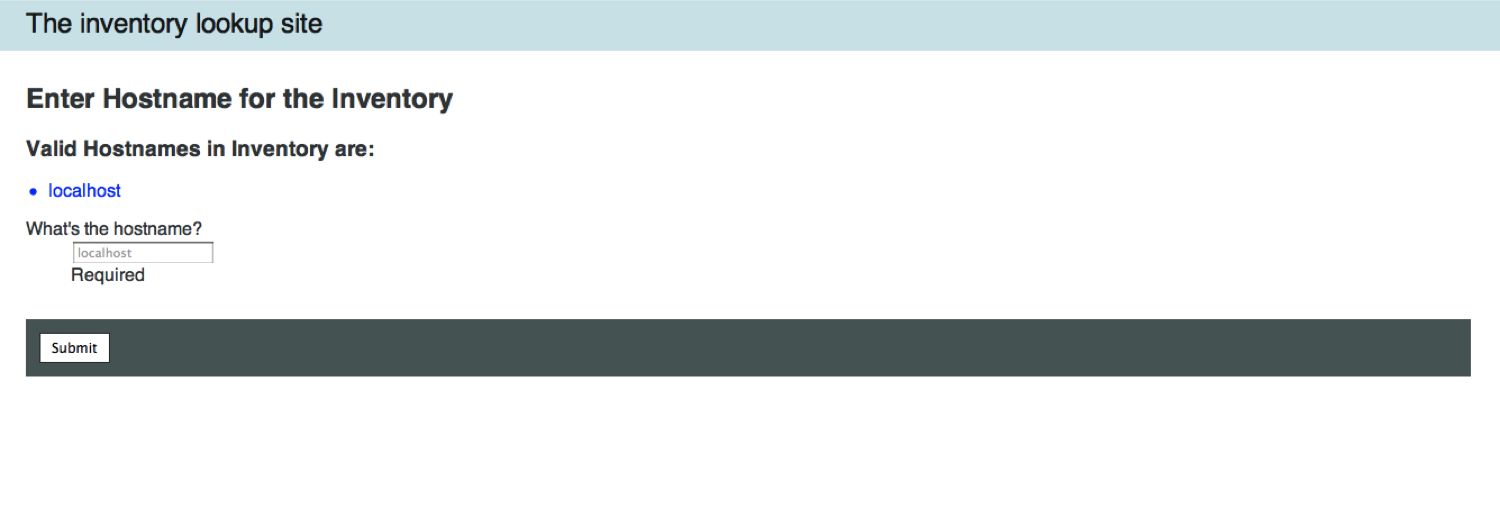|
|
11 years ago | |
|---|---|---|
| .. | ||
| images | 11 years ago | |
| roles | 11 years ago | |
| LICENSE.md | 11 years ago | |
| README.md | 11 years ago | |
| hosts | 11 years ago | |
| site.yml | 11 years ago | |
README.md
Deploying a Play/Scala-based web application with Ansible
- Requires Ansible 1.2
- Expects CentOS/RHEL 6 hosts (64 bit)
A Primer into Play Framework
-
Play Framework: Play is a pure Java and Scala framework used to develop Web Applications, It focuses on developer productivity, modern web and mobile applications, and predictable, minimal resource consumption (CPU, memory, threads) resulting in highly performant, highly scalable applications, Play compiles Java and Scala sources directly and hot-reloads them into the JVM without the need to restart the server.
-
Akka: Akka is a toolkit and runtime for building highly concurrent, distributed, and fault tolerant event-driven applications on the JVM.
-
Scala: Scala is a general purpose programming language designed to express common programming patterns in a concise, elegant, and type-safe way. Scala smoothly integrates features of object-oriented and functional languages, enabling developers to be more productive while retaining full interoperability with Java and taking advantage of modern multicore hardware. Scala makes it easy to avoid shared state, so that computation can be readily distributed across cores on a multicore server, and across servers in a datacenter. This makes Scala an especially good match for modern multicore CPUs and distributed cloud-computing workloads that require concurrency and parallelism.
Example Deployment using Ansible
This example deploys a very simple application which takes a hostname as a parameter from the user and uses Ansible itself to gather and display facts from that machine. It shows how to deploy a simple Play-based app, as well as how to call out to Ansible from inside Scala.
Before running the playbook, modify the inventory file 'hosts' to match your environment. Here's an example inventory:
[webapp_server]
play_server
Run the playbook to deploy the app:
ansible-playbook -i hosts site.yml
Once the playbooks complete, you can check the deployment by logging into the server console at http://:9000/. You should get a page similar to image below.
Fetching Facts from Hosts
To use the example webapp and fetch facts from a host, enter the hostname of host as shown in the figure above and press submit. Please note that the application uses Ansible to gather facts so the hosts should have SSH keys set up and the host entry should be available in the Ansible inventory file in /etc/ansible/hosts.
Upon submission, the application should return a valid json consisting the host facts:
localhost | success >> {
"ansible_facts": {
"ansible_all_ipv4_addresses": [
"192.168.2.51"
],
"ansible_all_ipv6_addresses": [
"fe80::5054:ff:fe58:776d"
],
"ansible_architecture": "x86_64",
"ansible_bios_date": "01/01/2007",
"ansible_bios_version": "0.5.1",
"ansible_cmdline": {
"KEYBOARDTYPE": "pc",
"KEYTABLE": "us",
"LANG": "en_US.UTF-8",
"SYSFONT": "latarcyrheb-sun16",
"quiet": true,
"rd_NO_DM": true,
"rd_NO_LUKS": true,
"rd_NO_LVM": true,
"rd_NO_MD": true,
"rhgb": true,
"ro": true,
"root": "UUID=5202a2bc-1a30-424f-855b-5d51a3cba8df"
},
"ansible_date_time": {
"date": "2013-05-25",
"day": "25",
"epoch": "1369483888",
"hour": "17",
"iso8601": "2013-05-25T12:11:28Z",
"iso8601_micro": "2013-05-25T12:11:28.551538Z",
"minute": "41",
"month": "05",
"second": "28",
"time": "17:41:28",
"tz": "IST",
"year": "2013"
},
The facts can also be fetched by making a GET request with following url.
http://<serverip>:9000/inventoryID?hostname=<hostname>
